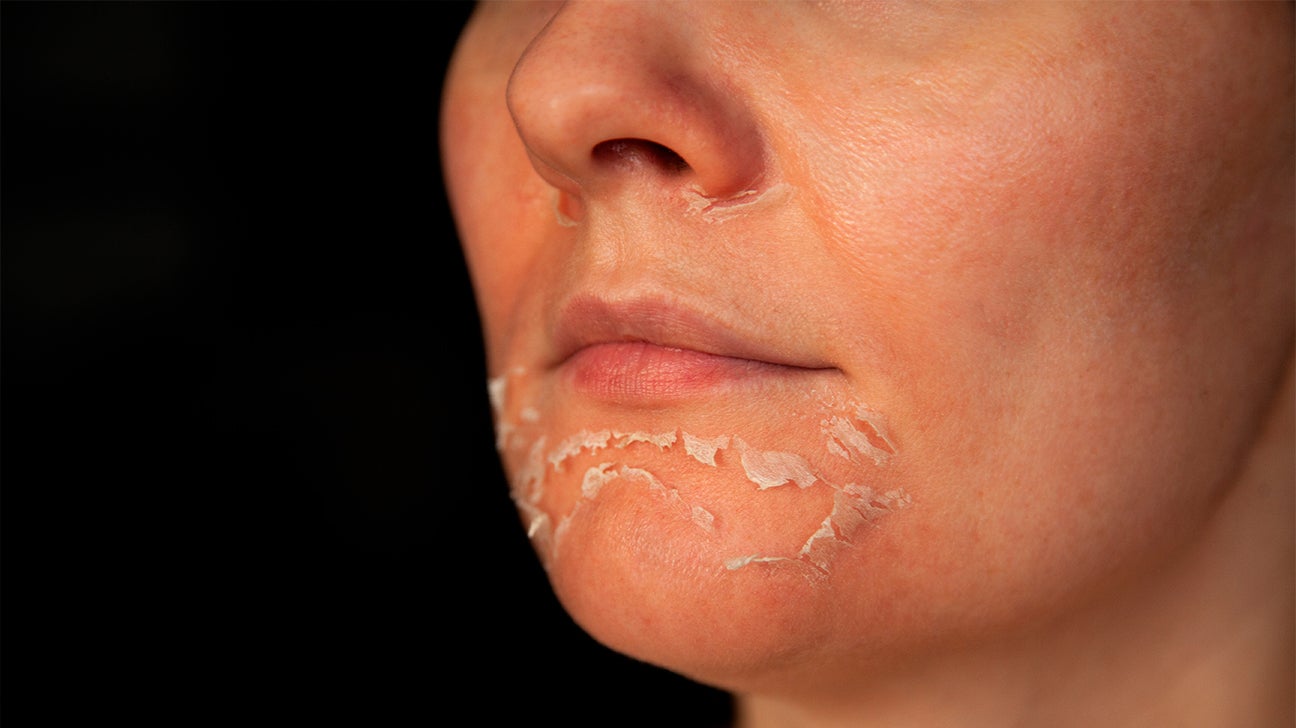Introduction
Chemical burns on the face can be not only painful but also extremely distressing. Whether it’s due to a reaction to a new skincare product, an accidental spill, or misuse of chemical peels, it’s crucial to know how to treat these burns effectively. In this comprehensive guide, we will explore various remedies and practices to alleviate the discomfort and promote healing for chemical burns on the face. By following these steps and seeking medical advice when necessary, you can facilitate the recovery process and restore the health and glow of your precious facial skin.
Identifying the Severity of the Chemical Burn
When faced with a chemical burn on your face, it is important to assess the severity of the burn before taking any steps to treat it. Understanding the difference between first-degree, second-degree, and third-degree burns will guide you in determining the most appropriate course of action.
First-degree burns are characterized by redness, mild pain, and slight swelling. They primarily affect the outermost layer of the skin and can often be treated at home with simple remedies, unless they cover a large area or are accompanied by other concerning symptoms.
First-degree burns:
– Rinse the affected area with cool water immediately to stop the burning process.
– Gently pat the skin dry with a clean towel.
Second-degree burns are more severe, extending beyond the outer layer of skin and causing blistering. These burns may be accompanied by intense pain, swelling, and possible infection. Seeking medical attention is highly recommended for proper treatment and prevention of complications.
Second-degree burns:
– Rinse the burn gently with cool water for about 10-20 minutes.
– Avoid puncturing any blisters that have formed.
– Apply a sterile, non-stick dressing to protect the burn and promote healing.
Third-degree burns:
– Third-degree burns penetrate deep into the layers of the skin, potentially extending to muscles and bones. These burns are extreme emergencies, requiring immediate medical attention. Do not attempt to treat third-degree burns on your own.
Immediate Steps to Take After a Chemical Burn
When a chemical burn occurs, quick action is necessary to minimize damage and begin the healing process effectively. Following these immediate steps can make a significant difference in the outcome:
Step 1: Remove the Source of the Chemical
If the burn is caused by a chemical product, such as a skincare item, quickly and carefully remove any remaining product from the skin. Rinse the affected area with cool running water for at least 10-20 minutes to stop the burn’s progression. Avoid using hot water as it can further damage the skin.
Step 2: Gently Cleanse the Burn Area
Using a mild, non-abrasive cleanser, gently cleanse the burned area to remove any residue or chemicals that may still be on the skin. Be cautious not to scrub the area, as this can worsen the burn or cause pain.
Effective Treatment Options for Chemical Burns on the Face
Once you have taken the immediate steps, it’s time to focus on treating the chemical burn to promote healing and reduce discomfort. The following remedies can be effective in managing chemical burns on the face:
Aloe Vera for Soothing Relief
Aloe vera gel is known for its soothing properties and can provide immense relief for chemical burns. Apply a thin layer of pure aloe vera gel directly to the affected area multiple times a day. This natural remedy helps reduce pain, inflammation, and redness while accelerating the healing process.
First Aid Ointments and Creams
Applying an over-the-counter antibiotic ointment or burn cream can protect the burn area from infection and facilitate healing. Look for products that contain ingredients like bacitracin, neomycin, or polymyxin B sulfate. Remember to consult a healthcare professional before using any medications or creams.
Keep the Area Moisturized
Chemical burns can leave the skin feeling dry and dehydrated. Applying a gentle, fragrance-free moisturizer can help restore the skin’s natural moisture barrier and prevent further damage. Look for moisturizers that contain ingredients like ceramides, hyaluronic acid, or glycerin.
FAQ
Q: How long does it take for a chemical burn on the face to heal?
A: The healing time for chemical burns varies depending on the severity of the burn. First-degree burns usually heal within a week or two, while second-degree burns can take several weeks. It’s important to remember that everyone’s healing process is different, and consulting a healthcare professional is advised.
Q: Can I use ice to relieve the pain of a chemical burn?
A: Applying ice directly to a chemical burn is not recommended, as it can potentially damage the skin further. Instead, cool running water is the best immediate treatment to stop the burning process and provide relief.
Q: Should I pop the blisters that form after a chemical burn?
A: It is recommended to avoid popping blisters caused by a chemical burn. Blisters act as a natural barrier against infection and promote healing. Popping blisters can increase the risk of infection and delay the healing process.
Q: When should I seek medical attention for a chemical burn on my face?
A: Seeking medical attention is crucial in the following cases:
– The burn is severe or covers a large area of the face.
– The burn is accompanied by symptoms like fever, excessive swelling, or oozing.
– The burn does not show signs of improvement within a few days.
Q: Are there any home remedies that can worsen a chemical burn?
A: Yes, some home remedies, such as applying butter or oil to the burn, can actually worsen the condition. These substances can trap heat and increase the risk of infection. It is best to stick to scientifically proven treatments and consult a healthcare professional for guidance.
Conclusion
Dealing with a chemical burn on the face can be a distressing experience, but with the right knowledge and prompt action, you can effectively treat and heal the burn. Remember to identify the severity of the burn and seek medical attention when necessary. By taking immediate steps, following effective treatment options, and practicing good skincare, you can promote healing, reduce discomfort, and restore the health and beauty of your facial skin.







Leave a Comment